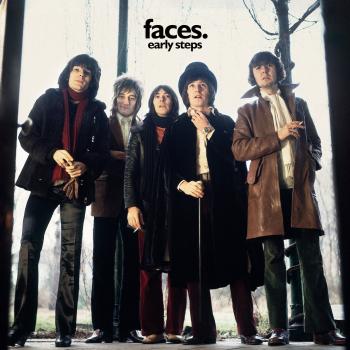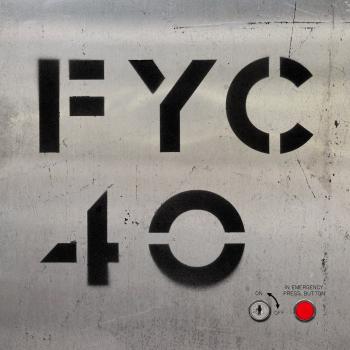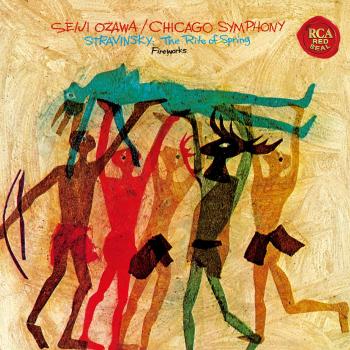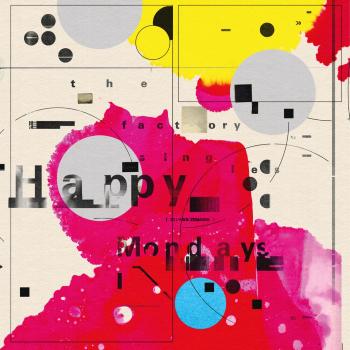
Ries: Cello Sonatas Alessandro Commellato & Gaetano Nasillo
Album Info
Album Veröffentlichung:
2016
HRA-Veröffentlichung:
03.02.2016
Label: Brilliant Classics
Genre: Classical
Subgenre: Instrumental
Interpret: Alessandro Commellato & Gaetano Nasillo
Komponist: Ferdinand Ries (1784-1838)
Das Album enthält Albumcover
- 1 I. Allegro con brio 08:46
- 2 II. Adagio 03:07
- 3 III. Polonaise, allegretto moderato 08:35
- 4 I. Grave-Allegro-Grave-Allegro-Grave-Allegro 16:11
- 5 II. Larghetto con moto 07:00
- 6 III. Rondo, allegretto 07:17
- 7 I. Allegro 11:47
- 8 II. Andantino quasi allegretto 05:55
- 9 III. Menuetto, allegretto 03:58
- 10 IV. Rondo, allegro ma non troppo 06:03
Info zu Ries: Cello Sonatas
Best known now as a young friend and everpatient amanuensis to the increasingly cantankerous Beethoven, Ferdinand Ries was himself the most talented member in a distinguished family of musicians. It was his father Franz who taught piano to both him and Beethoven in Bonn, and had the melancholy fortune to outlive his son by eight years after Ferdinand’s death in 1838. The son became Beethoven’s pupil in 1801, and while the teacher’s comment that ‘he imitates me too much’ is not unfair, one can only extend sympathy to poor Ries: what was he to do with such a master?
Certainly the Polonaise of the Op.20 Cello Sonata proceeds with the swagger of Beethoven in popular style, bouncing along like the finale of the latter’s Triple Concerto. The dates of this work and the one immediately following it are uncertain, but they bear a dedication to Bernhard Romberg, author of the influential method for the cello, and teacher of Ries from the age of five. Once Ries had left Vienna in 1809 to pursue a career as a touring virtuoso he met Romberg in St Petersburg and toured Russia with him; the sonatas may date from this period.
The Op.125 Sonata, however, definitively bears the date of 1823 on its autograph and is fully a work of Ries’s maturity, written once he had settled in London where, to quote Greene’s Biographical Encyclopedia of Musicians, ‘he settled down… concertized, taught, composed and acquired fame, money, and a charming wife named Harriet Mangean.’ The scale of the Sonata is positively Schubertian; so, too, the cast of its long breathed melodies, and the Romantic gloom of its Grave introduction. These historically informed recordings are the work of two experienced Italian musicians who have played with many distinguished ensembles specialising in music of the Baroque and Classical periods.
Ferdinand Ries (1784-1838) was born in Bonn and moved to Vienna in 1801, where his life became closely related to that of Ludwig van Beethoven (also a native of Bonn..). Ries studied piano with him, copied his scores and was the interpreter of several new works, notably the premiere of the Third Piano Concerto. Ries also wrote the first biography of Beethoven, an invaluable source of first hand information.
Ries’s style inevitably is modelled on that of his master Beethoven, he was however strong enough to stand on his own. His three cello sonatas are masterworks of the genre, both instruments being equal partners in a highly virtuoso musical discourse.
Played on period instruments by Gaetano Nasillo, one of today’s most renowned baroque cellists, and Alessandro Comellato, excellent fortepianist, who recorded Hummel Piano Concertos to great critical acclaim for Brilliant Classics (94338).
Gaetano Nasillo, cello
Alessandro Commelato, fortepiano
Keine Biografie vorhanden.
Dieses Album enthält kein Booklet











